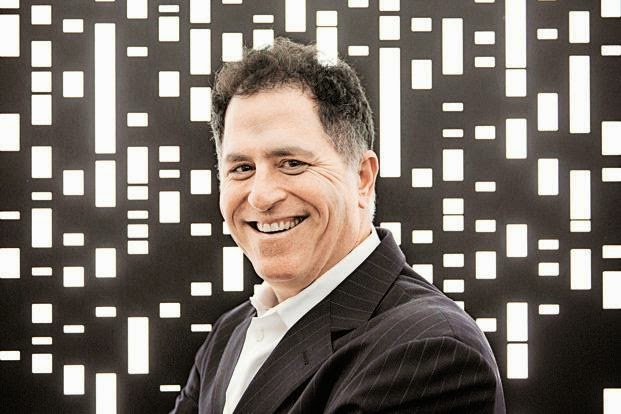The Google Nexus 6 went up for pre-order by the end of October in the US, and earlier on Friday was listed as 'coming soon' with pricing on Google Play India.
Now, Google is gearing up to introduce accessories for the new Nexus 6 smartphone which includes Stand Folio Case and Naked Tough Case. Both the accessories are now listed as 'coming soon' on Google Play in the US.
First reported by Android Police, the Stand Folio Case for Nexus 6 is priced at $40 (Rs. 2,460 approximately) and Naked Tough Case will come at $35 (Rs. 2,150 approximately). Additionally, Google also listed the Nexus 9 tablet cover on Google Play India priced at Rs. 2,900 with a "coming soon" tag.
The Stand Folio Case offers a stand mode for Nexus 6 users, while the Naked Tough Case is a dual plastic layered cover that also provides a kickstand at the rear panel.
The Mountain View giant now for at least two years has been launching accessories for its Nexus range of devices. Last year, the company unveileda new Nexus 5 Bumper Case and LG QuickCover, and a Nexus 7 Sleeve.
Earlier on Friday, the Nexus 6 price in India was officially confirmed thanks to the official listing of the smartphone on Google Play. The Google Nexus 6 32GB variant has been priced in India at Rs. 44,000 for the 32GB variant, while the 64GB variant will be available in India at a price of Rs. 49,000. The prices are in line with NDTV Gadgets had exclusively reported earlier this week.
The smartphone will be available in two colours: Midnight Blue and Cloud White. There's no word yet on when the smartphone will be start shipping in India, but with the price now listed on the Google Play, the official launch should happen within the next fortnight.


